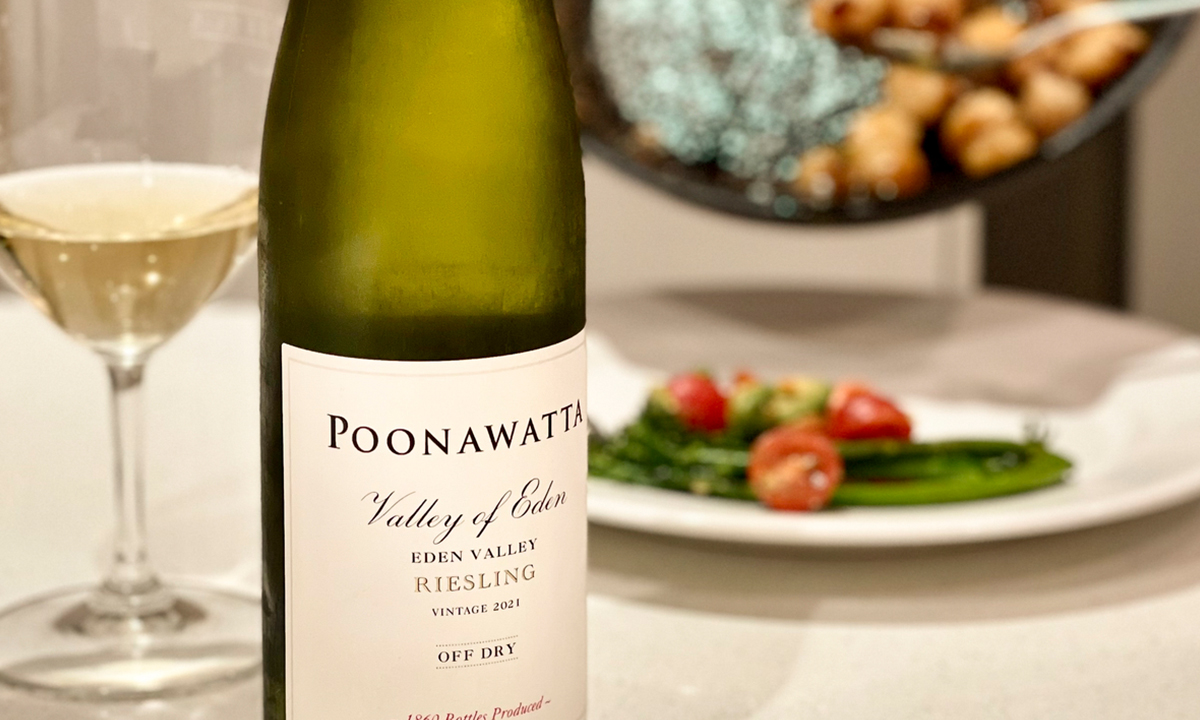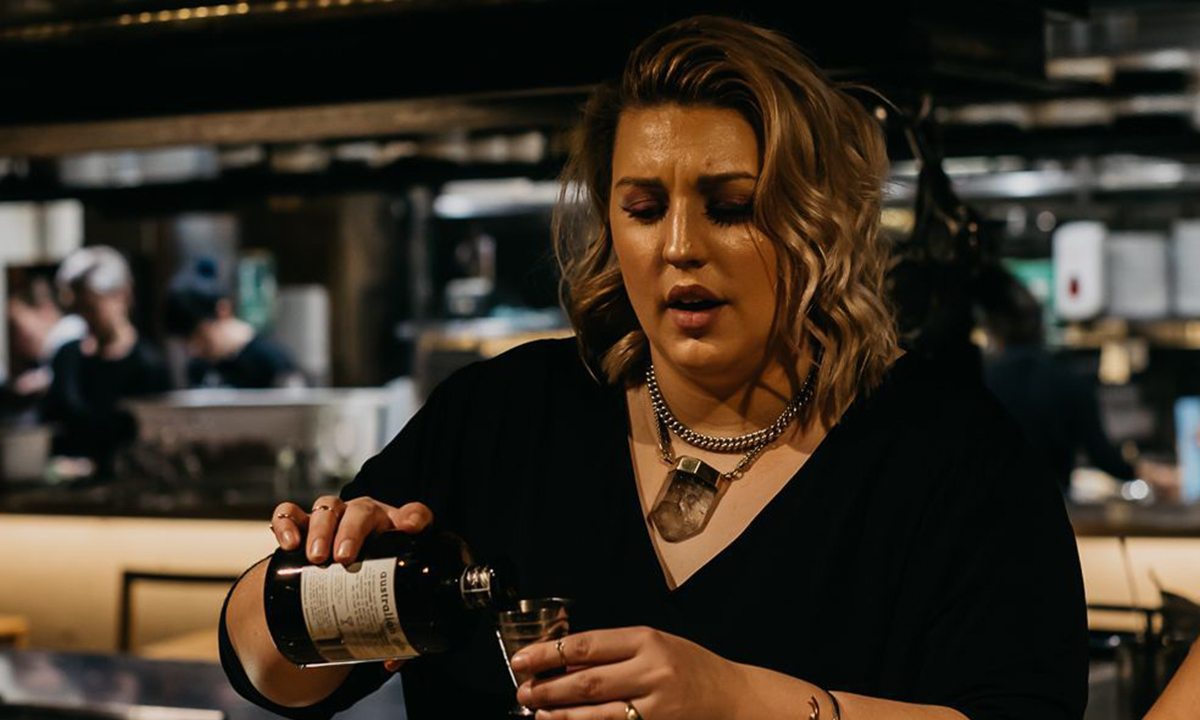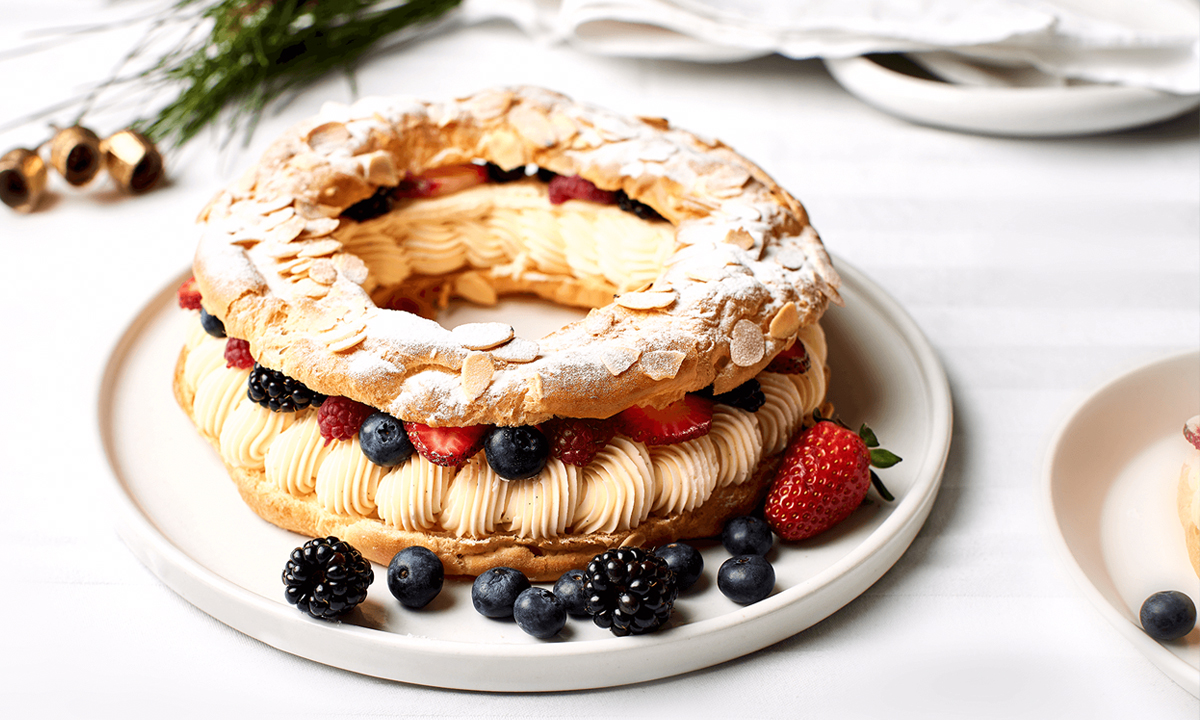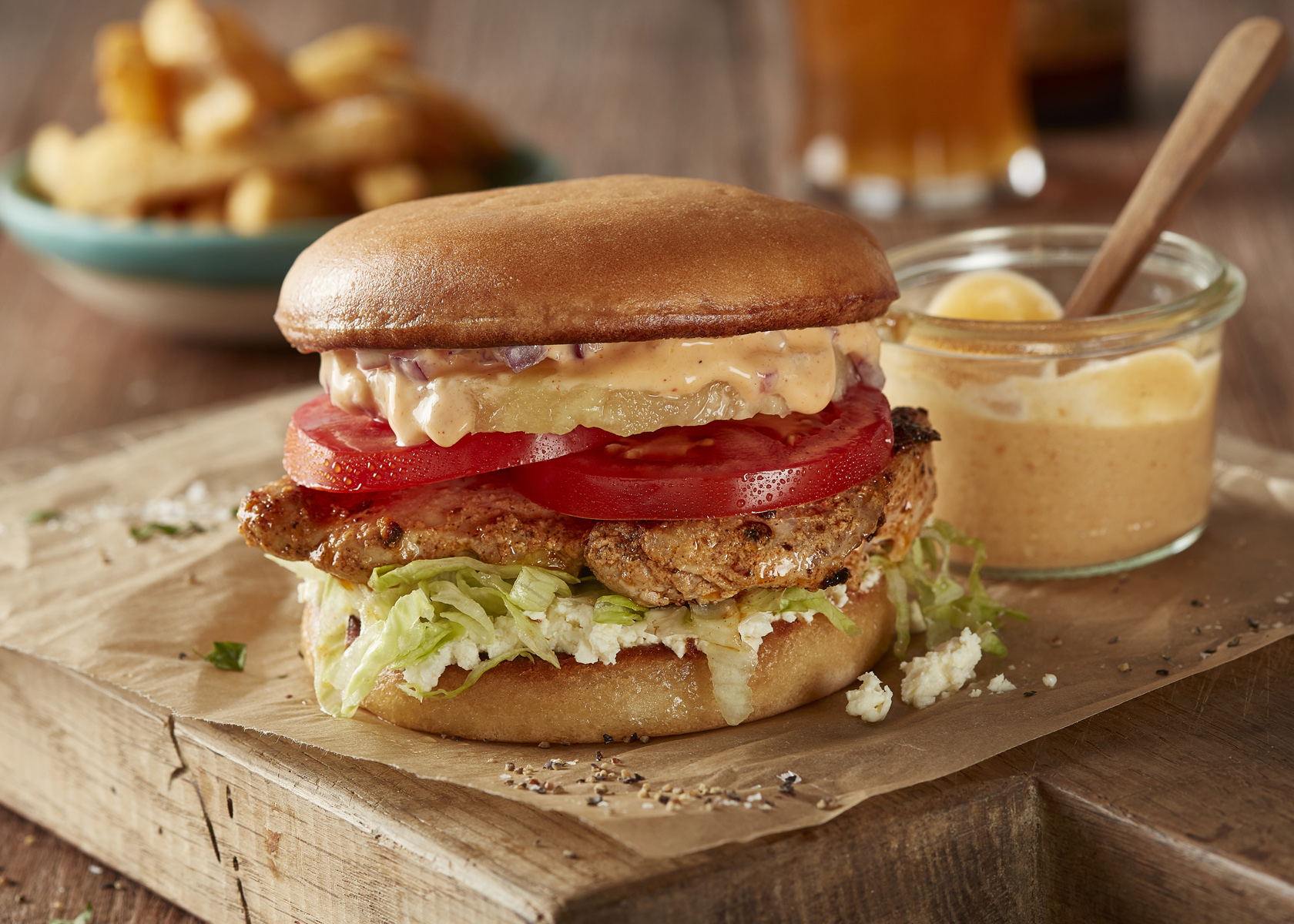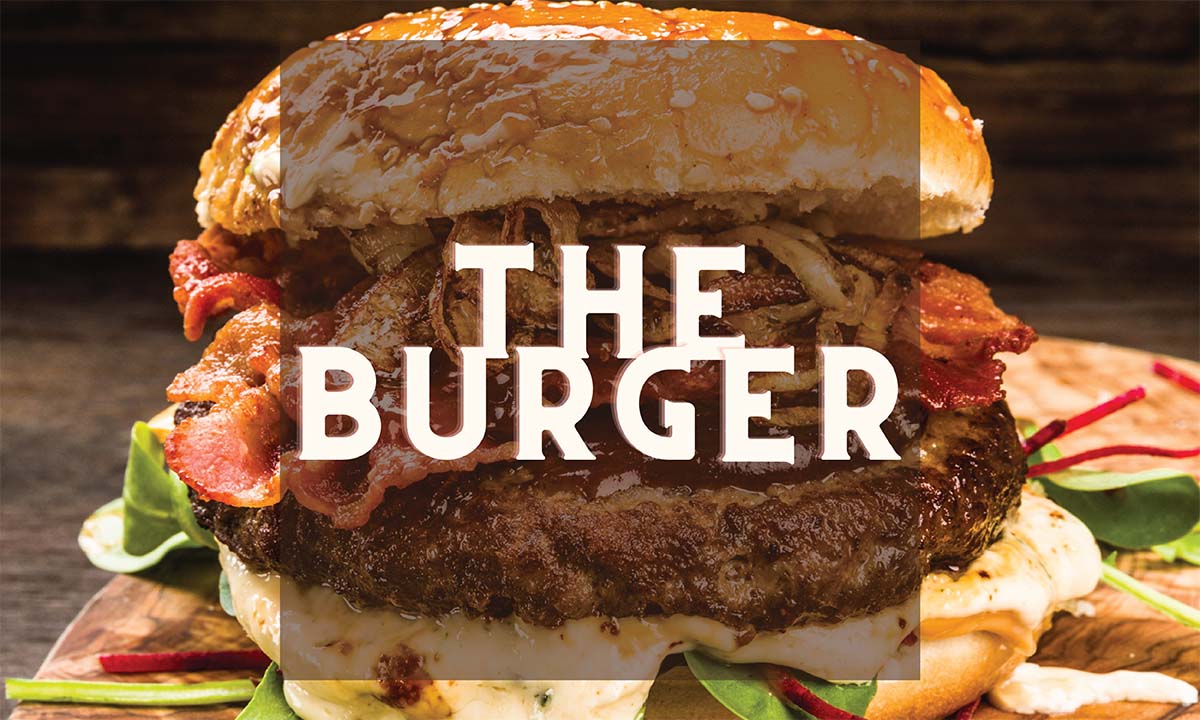Humans like sweetness. We’re obsessed. Even the word ‘sweet’ is synonymous with virtue, from the proverbial ‘sweet spot’ to someone being a ‘sweetheart’.
From an evolutionary viewpoint, this makes sense. Sugars are good. They carry more energy per gram than most compounds and all mammals, with the exception of obligate carnivores like cats, show a preference for sweetness. Bitterness, the opposing side of the flavour spectrum, is a sign of danger, warning us of natural poisons.
It’s strange, then, that our preferences flip when it comes to wine. Wine tends to bitterness, and sweeter styles are often dismissed. But our preference for sugar is only human.
Where did sweet wines go?
Early Australian wine was dominated by sugar. Tokaji, a sweet Hungarian wine, was once considered the pinnacle of sophistication in European courts. But this has changed. Globally, the preference is now for dry wines.
Andrew Holt runs Eden Valley’s Poonawatta and makes a slightly sweet riesling as well as a dry alternative. “As the palate matures,” he says, “it moves away from sweet and searches for savoury nuances. This happens at an individual level, but it also happened at a societal level in Australia throughout the ’70s and ’80s.”
During this time, Holt explains, the food Australians ate began to change and we began a slow and steady embrace of multicultural flavours, especially Mediterranean and south-east Asian. As the food we ate changed, so did the wine we drank.
Technology also played a role, adds Nadja Wallington, winemaker at ChaLou in Orange. Fortification, which often resulted in higher sugar content, extended wine’s shelf life. “Sweet wines, and especially fortifieds, are less prone to spoilage. As Australia’s technical expertise progressed and refrigeration became widespread, we were able to make wines that didn’t require extra preservation.”
Winemakers searching for quality
This hasn’t meant that sweet wines are a thing of the past. In fact, there has been a surge of off-dry styles being made – particularly in colder climates. And they’re simply getting better and better. Instead of making sweet wines out of necessity, we’re beginning to see winemakers revisit the style simply because they want to.
Wallington was inspired by the natural acidity of her riesling, grown at an altitude of 900m. “I have always loved how versatile the style is, but you need the acid framework for it to work. This style of wine is scrutinised like no other,” she says. “People look for the balance of sweetness, acidity and texture. If you’re going to make them, you have to make them well.”
This is seconded by Holt. “These days, winemakers aren’t hiding behind sugar. It’s not about ‘cheap and sweet’. It’s about creating a style where sweetness adds complexity.”
Why hospitality businesses should embrace sweetness
With our instinctive attraction to sugar, these wines sell incredibly well at cellar doors. This popularity, however, isn’t reflected elsewhere. Sommelier and Drinks Communicator Samantha Payne says that this is because the cellar door is a different environment. Cellar doors incorporate hand-selling, explanation and education – something which many retailers and restaurants aren’t staffed for.
But sweetness is beginning to trend. “There has absolutely been a shift,” says Payne, “from classic sauternes and botrytis wines, which were cloyingly sweet, to late harvest styles, which are less dense and much lighter on the finish.”
With the increasing appreciation of sommeliers in Australia, restaurants are now able to include cellar door methods too. “A sommelier can also hand-sell or do a pairing of sweet wines in a degustation setting,” continues Payne, “minimising that barrier of uncertainty.”
Wallington appreciates that the ‘try-before-you-buy’ mentality is key, but also sees value in supporting local producers. “People are seeing versatility and quality and that we can do sweetness well in Australia. If a sommelier lists Prum, the global standard of sweet riesling, why not also a local option at a third of the price?”
What is emphatically clear, though, is that sweet wines are not what they used to be and are more food friendly than many drinkers assume. Rather than matching sweet wine with sweet or spicy foods, Holt and Wallington recommend grilled prawns, garlic lobster or salty cheese.
Payne explains that this is because sweetness is great for breaking down fat and protein. “I’m more partial to things like off-dry riesling with fatty pork belly or moscato with salmon.”
Sweet wines have evolved well beyond what they were 50 years ago in Australia. With a multitude of quality focused options to choose from, and a vast array of dishes to pair them with, there has never been a better time for food-service businesses with a wine list to embrace a dash of sugar.

